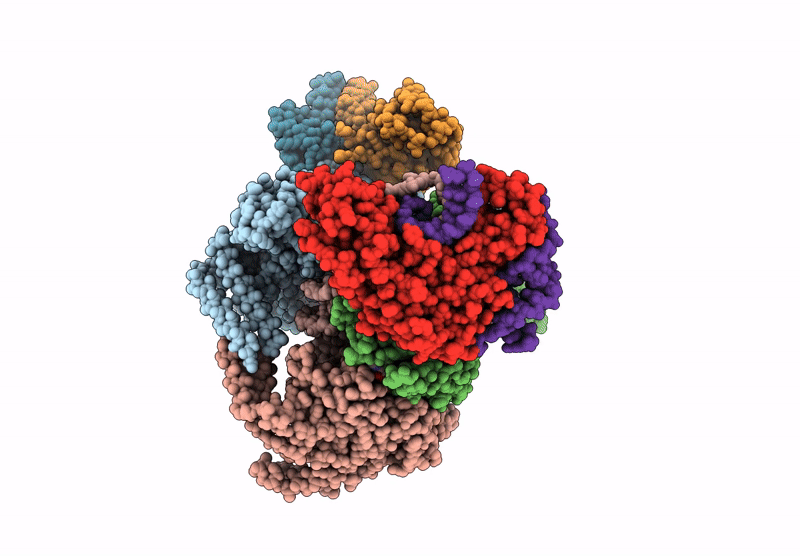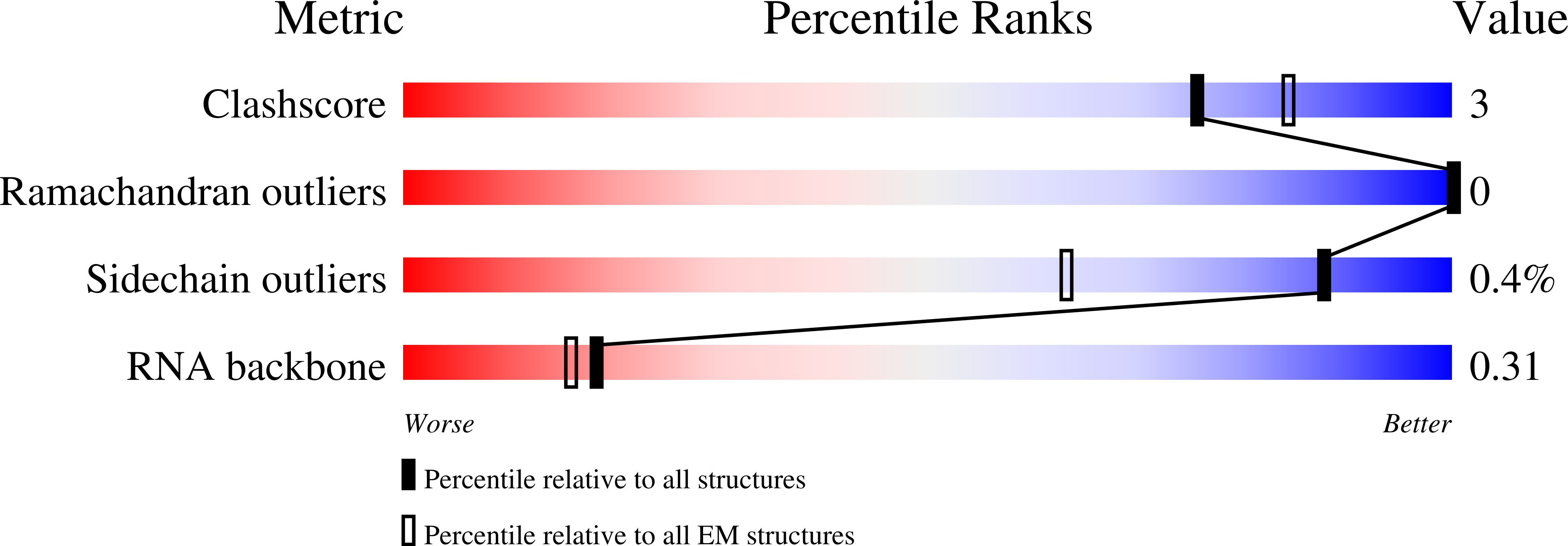
Deposition Date
2025-02-05
Release Date
2025-04-23
Last Version Date
2025-11-12
Entry Detail
PDB ID:
9N6B
Keywords:
Title:
Structure of the retron IA complex with HNH nuclease in the "up" orientation
Biological Source:
Source Organism:
Escherichia coli (Taxon ID: 562)
Host Organism:
Method Details:
Experimental Method:
Resolution:
3.09 Å
Aggregation State:
PARTICLE
Reconstruction Method:
SINGLE PARTICLE


